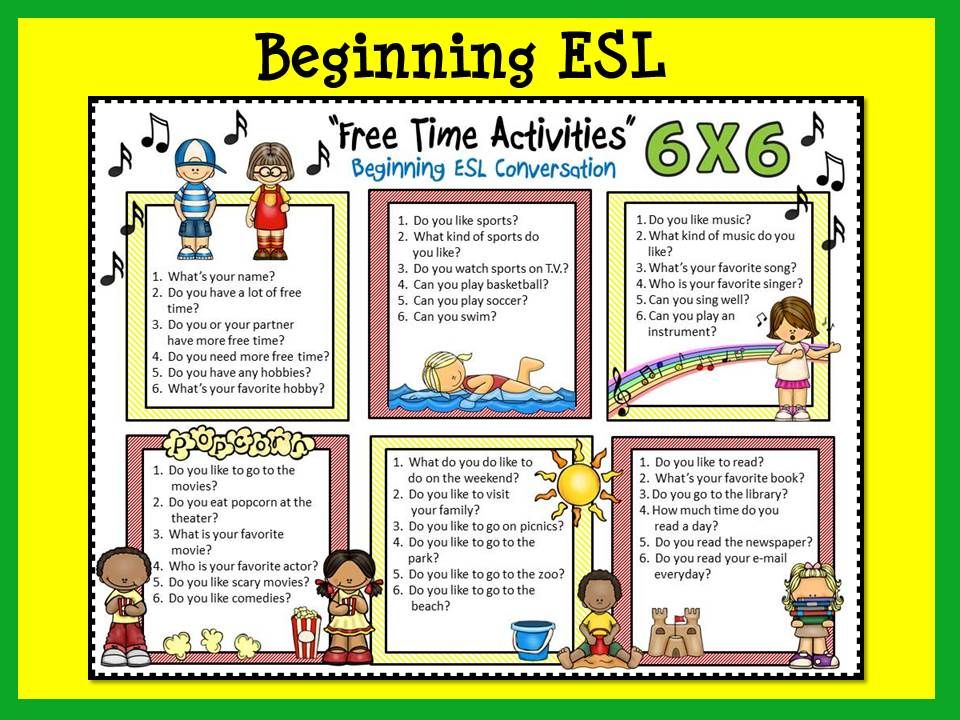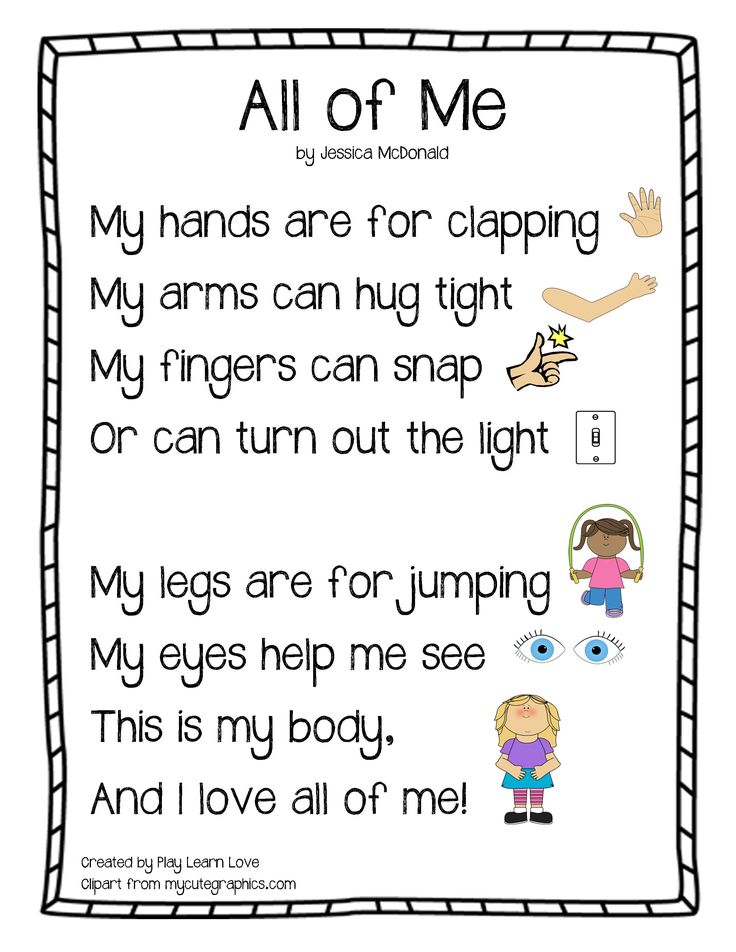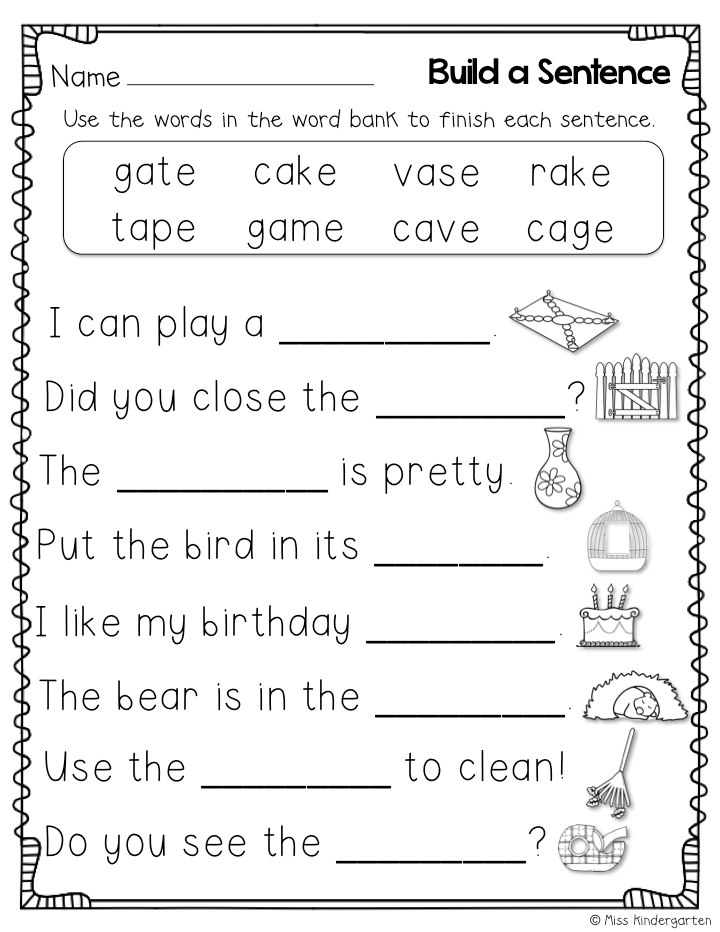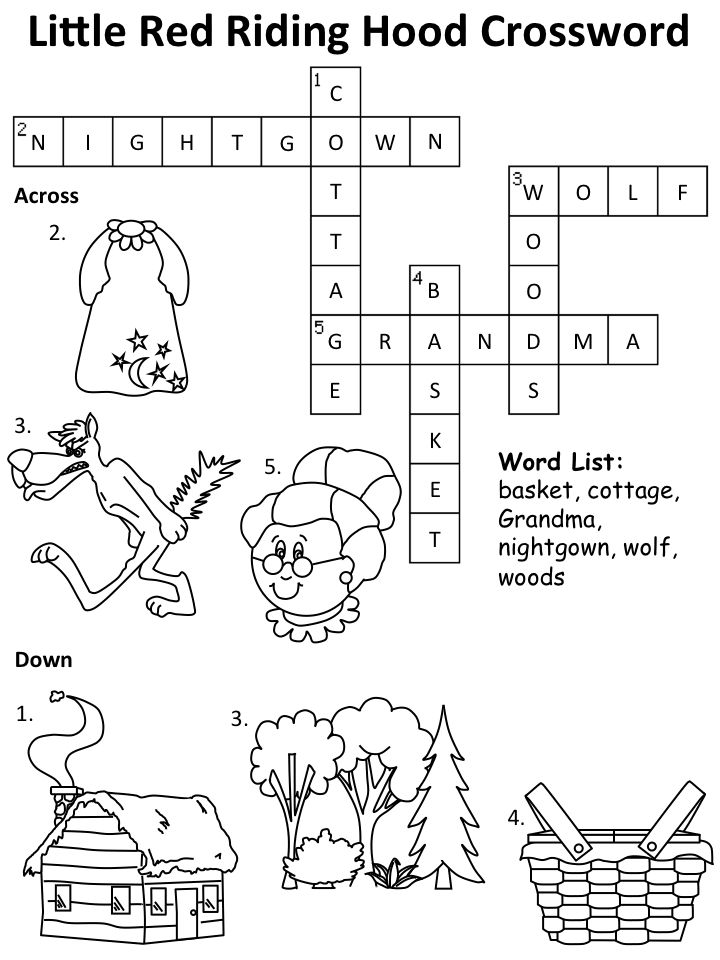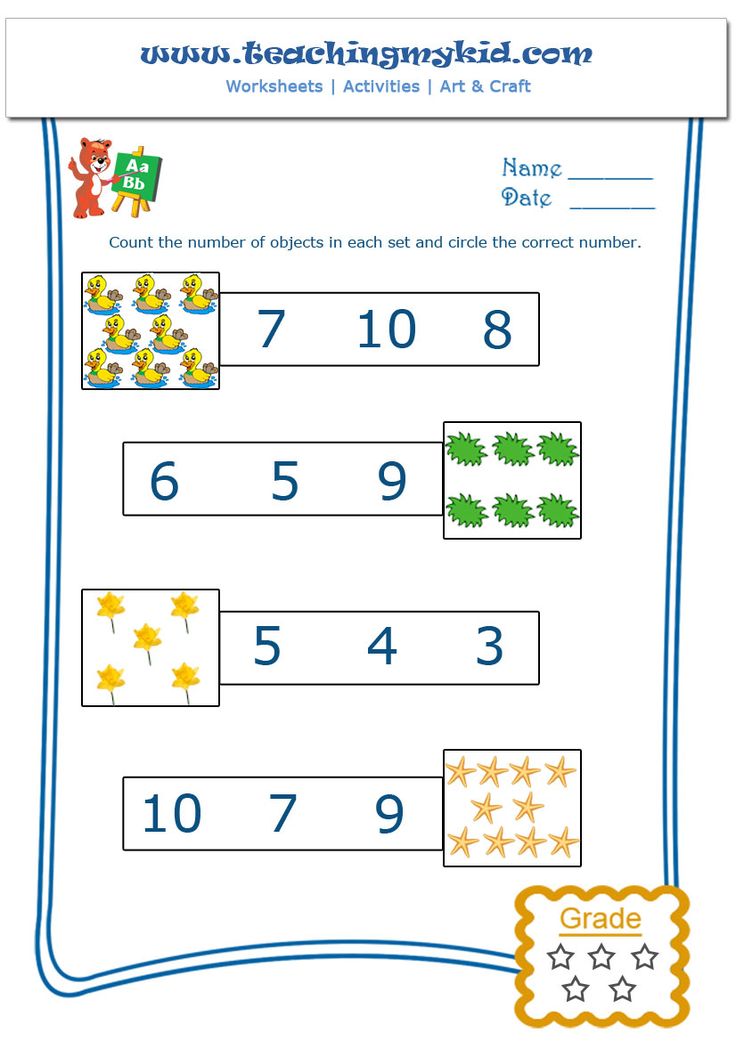Kid president growth mindset
10 Reasons You Should Be Teaching With Kid President Videos
Do you teach with Kid President videos? If not, you should! As a primary teacher, here’s what I’ve discovered: Opportunities for teaching language, writing, and literacy standards abound! Plus, the possibilities for using them to build community, foster friendships, and promoting kindness are endless!
If you’re not already teaching with these inspiring, and often times hilarious, kid centered videos, these 10 reasons will surely convince you that you should, because these little gems are teaching gold!
Reason 1: Kid President Plays With Language. A Lot.
Teaching figurative language can be tricky for primary students. These videos are filled with examples of idioms, and literal/nonliteral language. One way to capitalize on those teachable moments, is to make this fun guide to figuring out figurative language for students to identify statements with non literal language, then draw and explain the literal vs.
non literal meanings. You can use these with any KP video.
Reason 2: Teaching Theme, Purpose and Central Message- It’s Right There
We teach our students to identify the theme, purpose, and central message of a text, but it’s also important for our 21st century learners to be able to determine the theme, purpose, and central message of digital information and media such as videos. Students need to be able to respond to text and write about what they are reading. They also need to be able to respond to what they are seeing and watching. With Kid President videos, the message, theme, and purpose is right there. Easily identifiable by elementary students, these messages are also discernible by even by our youngest learners.
I have my class respond to the videos through discussion and in writing. We use these differentiated video response sheets. During our discussion, I ask my class, “What is the big idea or lesson that Kid President wants us to learn from this video?” and “What message is he trying to convey?” “What is the purpose of this video?” “Is Kid President trying to inform, entertain or persuade us?”
Link to Resource
Some of the common themes of Kid President videos include:
- Kindness
- Courage
- Overcoming Obstacles
- Fostering Friendship
- Collaboration
- Hope
- Global Citizenship
- Empowerment
Reason 3: Kid President is Highly Quotable
Almost everything Kid President says make a great quote and an even better poster. This makes for some great lessons on writing dialogue and using quotation marks correctly.
This makes for some great lessons on writing dialogue and using quotation marks correctly.
We used this anchor chart to practice using quotation marks correctly and to identify a quote as “the words a person says”. And as one of my friends said, “Kid President says a lot of words.”
After watching Kid President Gives the World A Pep Talk, have your students do the same by using quotation marks and writing what they would say to give the world a pep talk.
We made this Kid President craft and added our written pep talks before displaying them in our hallway.
During our literacy centers we practiced further with this quotation marks game.
We used small pieces of pipe cleaner as commas and quotation marks.
Reason 4: Kids Like to Learn From Other Kids
There’s nothing more fun to kids than seeing other kids get to do cool stuff. You know, like dressing up like the president and making your own videos. That’s pretty high on the cool scale. Kids relate to other kids. They listen to other kids, even when we wish they wouldn’t. One of the things I ask my students as we discuss the video we just watched is, “What would you say or do if you were Kid President?”
That’s pretty high on the cool scale. Kids relate to other kids. They listen to other kids, even when we wish they wouldn’t. One of the things I ask my students as we discuss the video we just watched is, “What would you say or do if you were Kid President?”
Reason 5: Kid President Empowers Kids
One of my favorite Kid President quotes is, “If at first you don’t succeed, you’re normal!”. It’s a welcome one as we teach our students about perseverance and growth mindset. The message in Kid President’s Guide to Being Awesome , and Kid President’s History of Awesome Girls is that kids have a voice and they can change the world. His videos inspire and remind kids that this is their world so get out there and DO something! And of course, to “Be Awesome!”.
I use this Kid President sound button I found at Hallmark as a class motivator. Students get to push the button and be told how awesome they are after meeting goals they’ve set for themselves.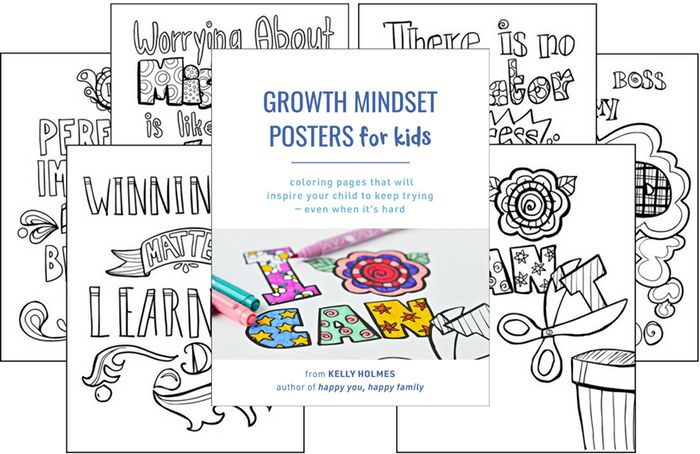 It has several different Kid President quotes and my class loves it!
It has several different Kid President quotes and my class loves it!
Reason 6: Kid President Encourages Collaboration
In many of the videos Kid Presidents talks about working together and problem solving through collaboration. This is an important skill for our students to learn. Like any skill, hearing it, applying it, and seeing it in action helps our students to integrate and remember it.
Reason 7: Kids Learn About Social Skills
Kid President videos model important social skills too, like manners, respect, gratitude and thoughtfulness. I like to use the video 20 Things We Should Say More Often to support the teaching of social skills and encourage my kids to “Be awesome!”.
A fun idea to do with the 20 Things… video is to make class charts of Things We Should Say More Often At School and Things We Would Like To Hear More Often At School.
Acknowledge awesome in your students and school staff by passing out these kindness notes.
Reason 8: He’s A Positive Role Model and a Kid of Character
Kid President videos lend themselves so well to teaching students to infer character traits based on what the character, Kid President, says and does.
Start with a discussion about a character trait being a word or phrase that describes a person on the inside rather than on the outside or how they look.
Give students sticky notes to write words or phrases that describe the character of Kid President. On another sticky have them write what he says or does that supports their description.
Follow up the discussion and anchor chart activity with this student page where students identify character traits then give an example to support it.
Reason 9: Kid President Videos Promote Kindness & Foster Friendships
Friends are a huge part of every child’s life no matter what their grade. One of the things we teach and reinforce in our students is how to be a good friend. Teaching students how to be kind, inclusive, and how to settle differences is part of every teacher’s day. Teaching children how to make friends is important, too.
Teaching students how to be kind, inclusive, and how to settle differences is part of every teacher’s day. Teaching children how to make friends is important, too.
Kid President’s Guide to Making A New Friend is a good video to use for teaching kids some things they can do to make new friends. This funny corn dog craft makes my kids laugh and is fun to give to new friends, classmates, reading buddies or school staff.
Reason 10: Because They’re Just Plain Fun!
Last but not least, teaching with Kid President videos is just plain fun! My kids get a huge kick out of all the silly antics, sound effects, and the sometimes randomness, in all of the videos. Why not make a day of it?
Have a Kid President Day or if you don’t have a day, throw a party! Here’s some easy ideas to get you started:
- Have everybody dress like Kid President or make these red ties.
- Serve cupcakes and corn dogs!
- Watch Kid President videos and have FUN doing the video companion activities!
- Read books about Presidents and use the Kid President book marks
- Make the corn dog craft
- Have a dance party like Kid President
- Acknowledge awesome and write notes telling staff how amazing they are!
Download these FREE Kid President book marks to pass out at your party because you just can’t be sad when you’re holding a cupcake!
I think you’ll agree there are a lot of great reasons to teach with Kid President videos! You can find the all of these activities in my Kid President Video Companion that can be used with ANY Kid President video.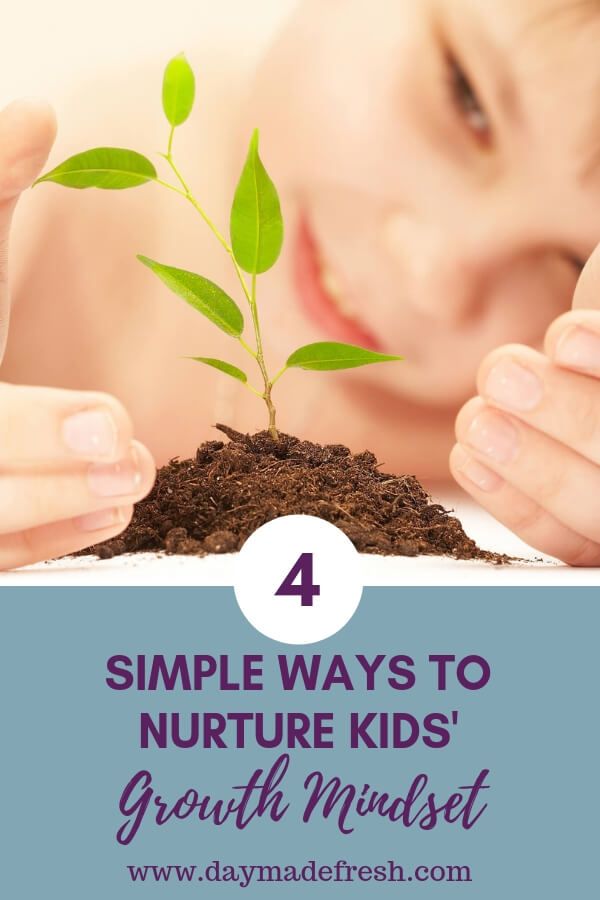 It includes 7 standards-based lessons with lesson plans plus everything you need to make the class anchor charts, printables, crafts, and bulletin board displays.
It includes 7 standards-based lessons with lesson plans plus everything you need to make the class anchor charts, printables, crafts, and bulletin board displays.
If you liked this post, don’t miss a new one! Subscribe by email to get the latest posts delivered straight to your inbox. Be sure to share with your teacher friends on Pinterest and Facebook too!
Happy teaching!
~Linda
Home - Growth Mindset Resources
Books available in the LSS Library
Videos
Class Dojo: A Secret About the Brain
Tag: Understanding the Brain
Citation: Class Dojo. "Class Dojo: A Secret About the Brain." YouTube, 19 Jan. 2016, https://youtu.be/2zrtHt3bBmQ.
Sesame Street
Tag: Empathy
Citation: Sesame Street.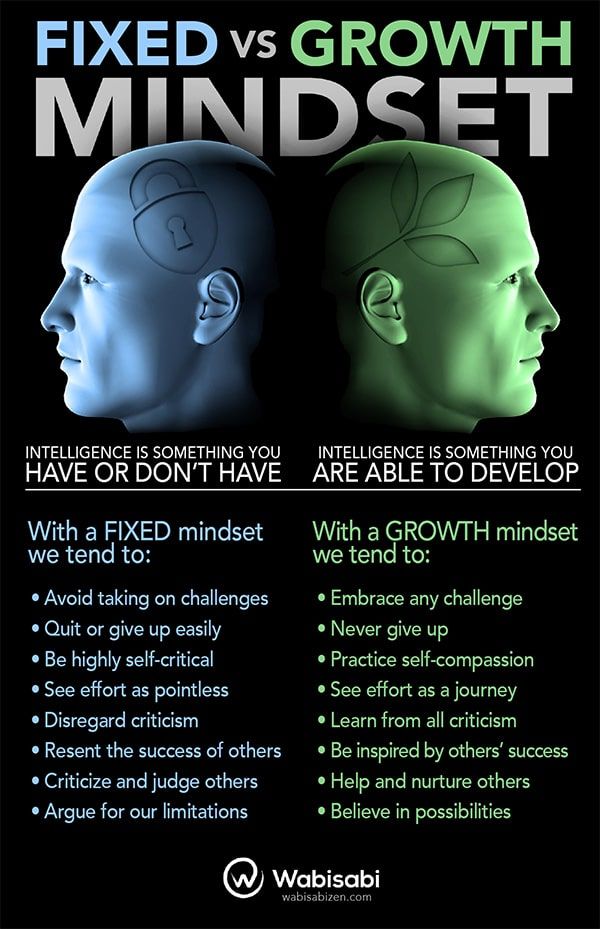 "Sesame Street. Mark Ruffalo: Empathy." YouTube, 14 Oct. 2011, https://youtu.be/9_1Rt1R4xbM.
"Sesame Street. Mark Ruffalo: Empathy." YouTube, 14 Oct. 2011, https://youtu.be/9_1Rt1R4xbM.
Ormie the Pig
Tag: Persistence & Optimism
Citation: Jam Filled. "Ormie the Pig." YouTube, 31 Oct. 2011, https://youtu.be/9_1Rt1R4xbM.
The Inspirational Story of 9-Year-Old Ezra Frech
Tag: Persistence & Perseverance
Citation: Stories. "The Inspirational Story of 9-Year-Old Ezra Frech." YouTube, 7 May 2015, https://youtu.be/ekLpn4zKiNU
Take Responsibility - Don't Get Stuck . . .
Tag: Flexibility
Citation: KelvinOptimized. "Take Responsibility - Don't Get Stuck . .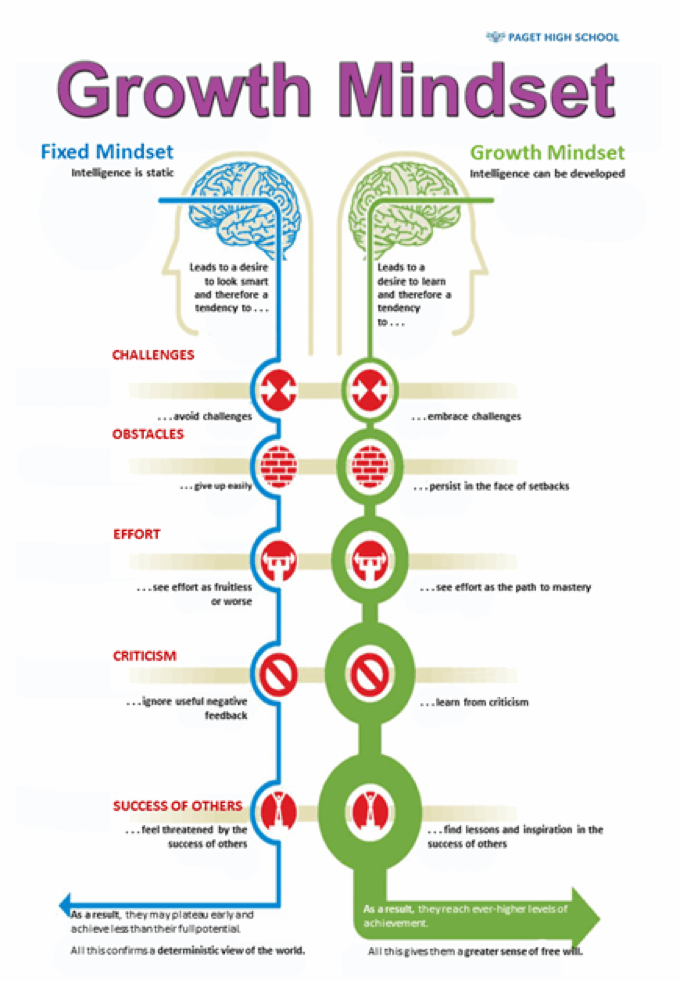 ." YouTube, 20 Sep. 2010, https://www.youtube.com/watch?v=D-vYVlXrJCw&index=6&list=PLfB_014Wp3pg6eixWunACP8bvI1yA8Zyi.
." YouTube, 20 Sep. 2010, https://www.youtube.com/watch?v=D-vYVlXrJCw&index=6&list=PLfB_014Wp3pg6eixWunACP8bvI1yA8Zyi.
Kid President + Peanuts: Life is Like a Comic
Tag: Optimism
Citation: SoulPancake. "Kid President + Peanuts: Life is Like a Comic." YouTube, 29 Oct. 2015, https://youtu.be/u5vClAseXBk?list=PLfB_014Wp3pg6eixWunACP8bvI1yA8Zyi
Sesame Street: Janelle Monae - Power of Yet
Tag: Persistence
Citation: Sesame Street. "Sesame Street: Janelle Monae - Power of Yet." YouTube, 10 Sep. 2014, https://youtu.be/XLeUvZvuvAs?list=PLfB_014Wp3pg6eixWunACP8bvI1yA8Zyi.
Caine's Arcade
Tag: Optimism, Persistence, Perseverance, & Community
Citation: Nirvan Mullick.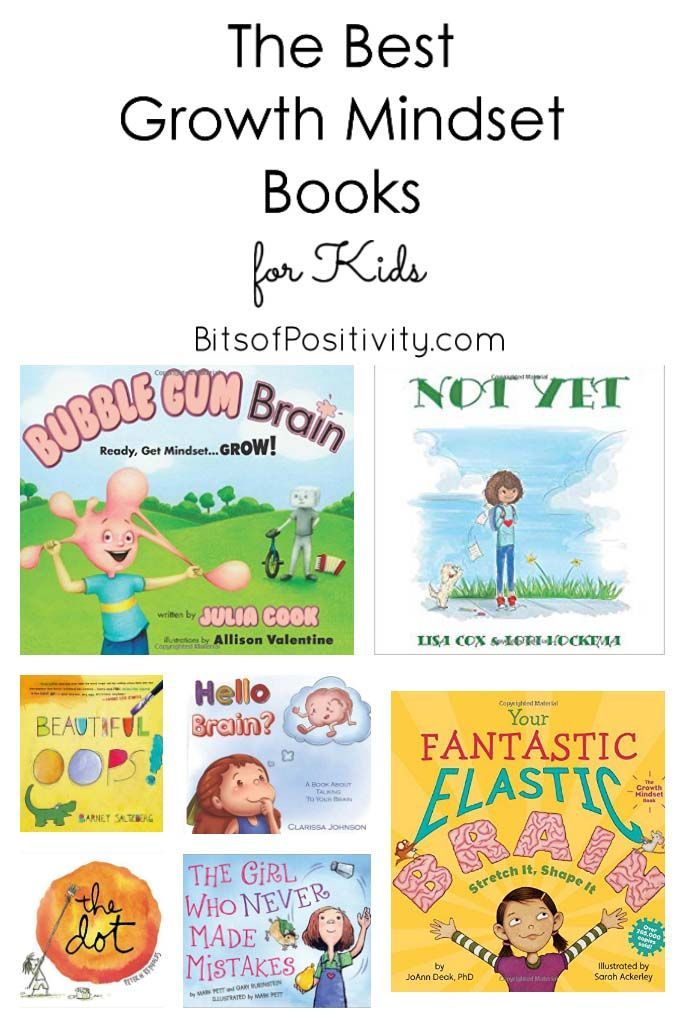 "Caine's Arcade." YouTube, 9 Apr. 2012, https://www.youtube.com/watch?v=faIFNkdq96U.
"Caine's Arcade." YouTube, 9 Apr. 2012, https://www.youtube.com/watch?v=faIFNkdq96U.
A Pep Talk from Kid President to You
Tag: Community
Citation: SoulPancake. "A Pep Talk from Kid President to You." YouTube, 24 Jan. 2013, https://youtu.be/l-gQLqv9f4o.
CGI Animated Short Film "Soar Short Film" by Alyce Tzue
Citation: Tzue, Alyce. "Soar Short Film." YouTube, Uploaded by CG Meetup, 17 Dec. 2015, https://youtu.be/eDkpVwrhYfo.
Books available in the LSS Library
Development of thinking in a child
This nuance in communicating with children will make them successful in the future
While expecting a child, many parents read various literature that comes to hand, about what can happen during pregnancy, how to properly raise a child, how to avoid dangers, and so on.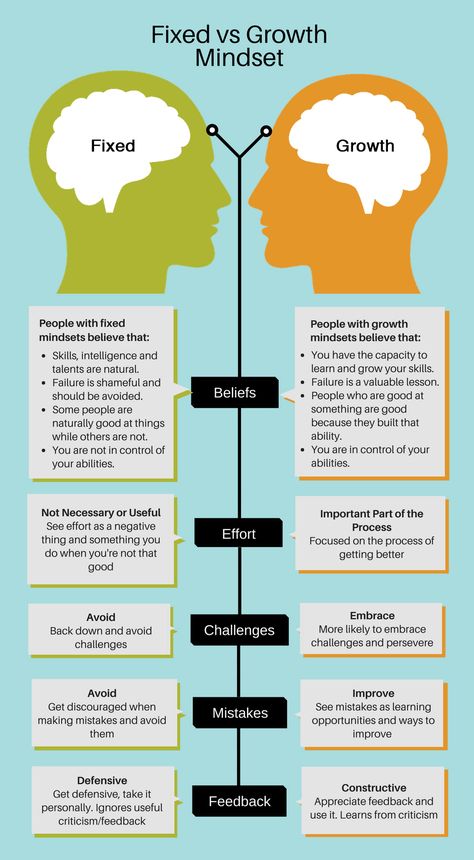 But few people talk about one simple thing in raising children, which will help them become more successful in the future.
But few people talk about one simple thing in raising children, which will help them become more successful in the future.
Fixed thinking implies that our character, intelligence and creativity are static, given to us by nature.
The growth mindset is not afraid of challenges and sees failures not as proof of stupidity, but as a springboard for development and new opportunities.
What type of thinking develops in a person from early childhood determines his career, relationships and, in the end, the ability to be happy.
Here are simple examples of how these two kinds of thinking differ. It is necessary to praise the child not for talent, but for the ability to learn.
A child is reading a book to you:
- FIXED THINKING - “What a smart girl you are!”
- GROWTH THINKING — “How much you tried to learn like this, and this is the result you achieved! That's how you can!"
- FIXED THINKING — “What a clever girl I am growing! You can do everything!”
- GROWTH THINKING — “Oh, this is too easy for you, I should give you a harder puzzle.
 You seem to be learning so fast! And with a difficult task, you should do just as well!”
You seem to be learning so fast! And with a difficult task, you should do just as well!”
- FIXED THINKING - “Did you get a 4 on the test? Well done".
- GROWTH THINKING - "Did you get a 4 on the test? So you understand the topic well. I can bet that if you try to write this test again tomorrow, you will not make mistakes on the same questions and will definitely get 5!”
When you praise a child not for his talent, but for his diligence and ability to learn, you make him understand that he is not such a miracle from birth, but much can be achieved through hard work and perseverance. And that failures and failures are normal. The child's self-esteem does not fall, because he knows that everything depends on his efforts, and he has more than one chance to prove it.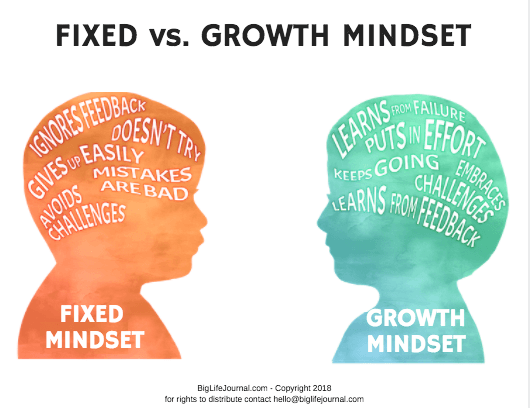
Dr. Dweck and her colleagues conducted a study on this topic: for two years they observed a group of seventh graders who were deliberately instilled with different types of thinking. Here are the results: for two years, the grades of the children did not change at all, everyone studied at the same level, but they pursued completely different goals at school.
The number one goal for fixed-minded children was to look smart in the eyes of others at all costs, and their behavior was aimed at eliminating the opposite cases. Children with a growth mindset were not afraid of failure, their main rule was to learn in any case and at any cost.
Who will find it easier to survive life's trials and develop, the conclusion is obvious. So think about what kind of mindset you are instilling in your child. This is a really important detail of the upbringing process, it should not be overlooked.
5.00 of 5 - 1 votes
Thank you for rating this article.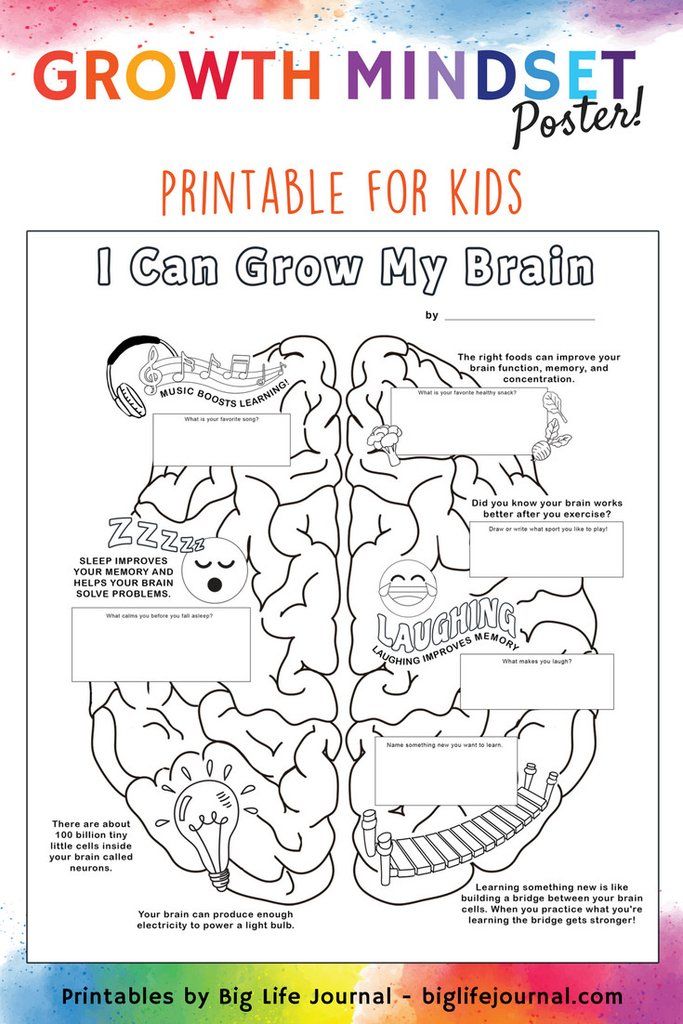
A leader from childhood: how and why to instill an entrepreneurial mindset in a child
Entrepreneurial thinking is one of the key “soft” skills that every person needs for their own development and career growth. How to nurture leadership in a child from an early age - in the RBC material Trends
Entrepreneurship for children and teenagers has become a popular topic in Russia in recent years. Lessons on business skills in schools are seriously discussed in the Ministry of Education after the corresponding initiative of the president, Sberbank is actively engaged in teaching children financial literacy.
At the same time, contrary to popular belief, entrepreneurship exists not only in the commercial sphere. Moreover, a single businessman is not always an entrepreneur, while many public figures are quite worthy to bear this title.
Thus, entrepreneurship is a state of mind in which a person, having experienced the need to change the world around him, actualizes and implements it.
A person can live quite happily without an entrepreneurial mindset. But in this case, he will be forced to be in processes started by someone else. In this case, he will not be able to change the vector of these processes. We see such people every day: they live by inertia and do not change anything, even if something does not suit them and annoys them. To avoid such a model, it is necessary to form entrepreneurial thinking in the child.
Economics of education Heads of IT companies on education: "Every child should become an expert"
But it cannot be formed speculatively. It would be very convenient if you could just tell the child that you should not be afraid, but just take it and do it. But entrepreneurship is not a one-time insight, but the habit of acting in a certain way from day to day, it is a modus operandi. Moreover, it is more difficult to form an entrepreneurial skill after 25 years, so you need to take it on as early as possible, preferably at the earliest stages. So how do you teach your child to think and act like an entrepreneur?
So how do you teach your child to think and act like an entrepreneur?
Introduction to work from childhood
From a certain age, the child must learn to do household chores independently - as much as possible.
Children love to copy adults - bring this copying to a productive activity. It is highly desirable that any games somehow reflect on the reality of the child. For example, he plays banker because his dad is a banker. The result of this game can be a temporary conversion of the room into a bank, a gift in the form of a toy phone for "important" calls, an invitation to dinner with parents. Gradually, games will be replaced by more serious activities, but a stable picture will remain in the human psyche - my activity matters, nothing happens by itself.
Fostering tolerance for mistakes
The child must learn that mistakes are not fatal.
The worst thing is that failure is the disappointment of the parent, because at a certain age an adult for a child is the highest authority and authority.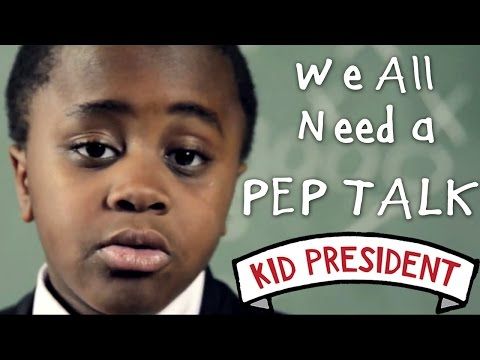 The opinion of a parent is actually a sentence. An adult with a similar complex has a fear of activity, which is sometimes extremely difficult to get rid of. The fact that there is no effective learning without mistakes was proved in a study by psychologist Jason Moser from the University of Michigan back in 2011. He studied the neural signals in the brain that are responsible for responding to failure. Moser proved that if you avoid mistakes or take them as an indicator of the lack of ability in the subject, then the effectiveness of learning is markedly reduced. If the child does not have fear, then he focuses more actively and gives the correct answer faster.
The opinion of a parent is actually a sentence. An adult with a similar complex has a fear of activity, which is sometimes extremely difficult to get rid of. The fact that there is no effective learning without mistakes was proved in a study by psychologist Jason Moser from the University of Michigan back in 2011. He studied the neural signals in the brain that are responsible for responding to failure. Moser proved that if you avoid mistakes or take them as an indicator of the lack of ability in the subject, then the effectiveness of learning is markedly reduced. If the child does not have fear, then he focuses more actively and gives the correct answer faster.
The development of stubbornness
Parents are often annoyed when a child balks at a decision that seems wrong to them.
Let's say your child stubbornly throws pillows off the couch onto the floor. Of course, they have no place on the floor, and you return the pillows back. The child throws them off again. You get angry and take away the pillows. So the child learns from an early age that his stubbornness leads to nothing. A person who has learned this principle in childhood refuses to repeat attempts after the first difficulty. Therefore, do not "break" the stubbornness of the child, fight with him and, in some cases, give in, and in some cases, win. Let him learn that sometimes stubbornness brings results, and sometimes circumstances are stronger.
You get angry and take away the pillows. So the child learns from an early age that his stubbornness leads to nothing. A person who has learned this principle in childhood refuses to repeat attempts after the first difficulty. Therefore, do not "break" the stubbornness of the child, fight with him and, in some cases, give in, and in some cases, win. Let him learn that sometimes stubbornness brings results, and sometimes circumstances are stronger.
Encouraging curiosity
Every child is naturally curious. For an adult, this can be a serious inconvenience. But any major change in the world comes as a result of the urge to explore.
Because change is a step into the unknown. Doing it is always scary, but kids do it because curiosity gets the better of them.
Instilling responsibility for decisions
Everyone knows the fear of making decisions. But in some people it takes fatal forms. Like most fears, its roots stretch from childhood.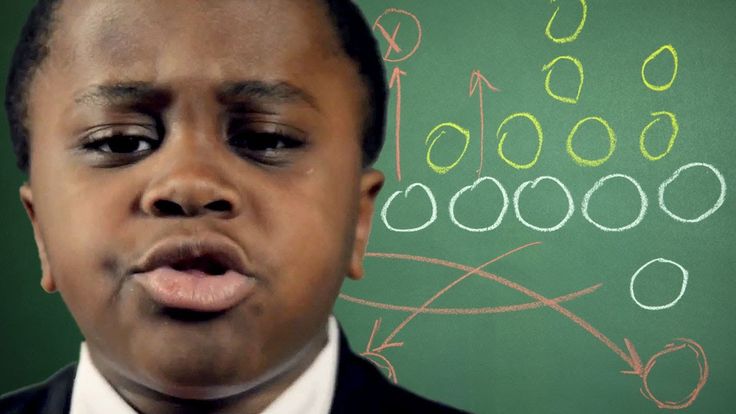 From a certain age, a person begins to make a conscious choice, and at this stage he either learns that it is cool and convenient, or fixes that this is a risky venture that is not rewarded.
From a certain age, a person begins to make a conscious choice, and at this stage he either learns that it is cool and convenient, or fixes that this is a risky venture that is not rewarded.
Gradually this will become a modus operandi. Many modern parents complain about the irresponsibility of children and their self-doubt. But they should think: do they let the child decide for themselves or just seize the initiative?
Assistance in developing leadership skills
Not all entrepreneurs are born leaders. Fortunately, the ability to lead people behind you can be “pumped” to a certain extent. In my observation, the best way is to send the child to children's camps and counseling organizations. Children who have passed the school of counselors are most often much "mature" than their peers. They get used to working with the team and engaging it in activities. This is not a guarantee that the child will become an entrepreneur, but it will greatly facilitate the life of an already established entrepreneur.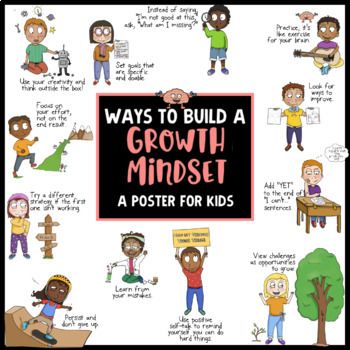
Raising financial literacy
The attitude towards money is a sore subject for many adults in our country. People are afraid to earn money, do not believe that good prosperity is possible at all, are embarrassed by money, do not like wealth, or are obsessed with money. All this comes from childhood. It is very important that the child has an adequate attitude to the means.
There are three areas of study in this area:
- how to make money,
- how to spend,
- how to treat.
Balance is important in every direction.
Earning should not be too easy, but it should not be associated with something painful either. Give your child the opportunity to help around the house. Moreover, these should not be his classic duties, such as cleaning his room, but additional tasks that are of value to the family. Gradually, the child will be able to earn on his own initiative. Many children sell simple products of their own production or walk their dogs. So the child learns to earn not only the money of his parents, but also from his environment.
So the child learns to earn not only the money of his parents, but also from his environment.
Save money from a young age: how to teach children financial literacy
Spending should be conscious and not go only for entertainment or fanatically put into a piggy bank. The ability to evaluate your investments is an important skill for an entrepreneur, and a child from an early age is able to learn the basics of investing when he saves money for the future or spends it for his own benefit on his own development. Contrary to the prevailing stereotypes, a student can create a completely successful working business. As an example, we can point to a lot of school startups created as part of the School of Business program, entrepreneurship lessons at the Higher School of Economics Lyceum, or the development of school startups at the Faculty of Business of the PRUE.



